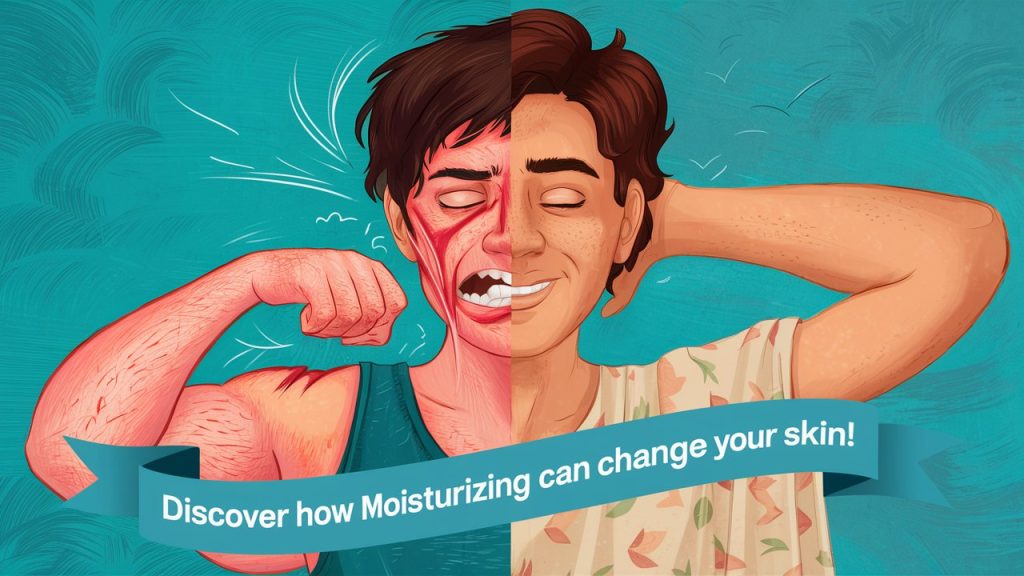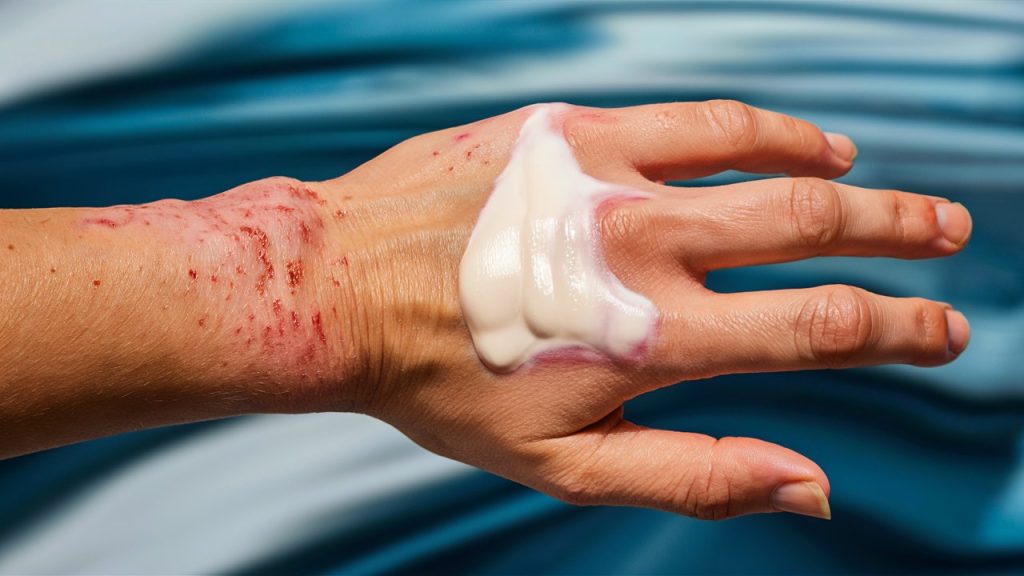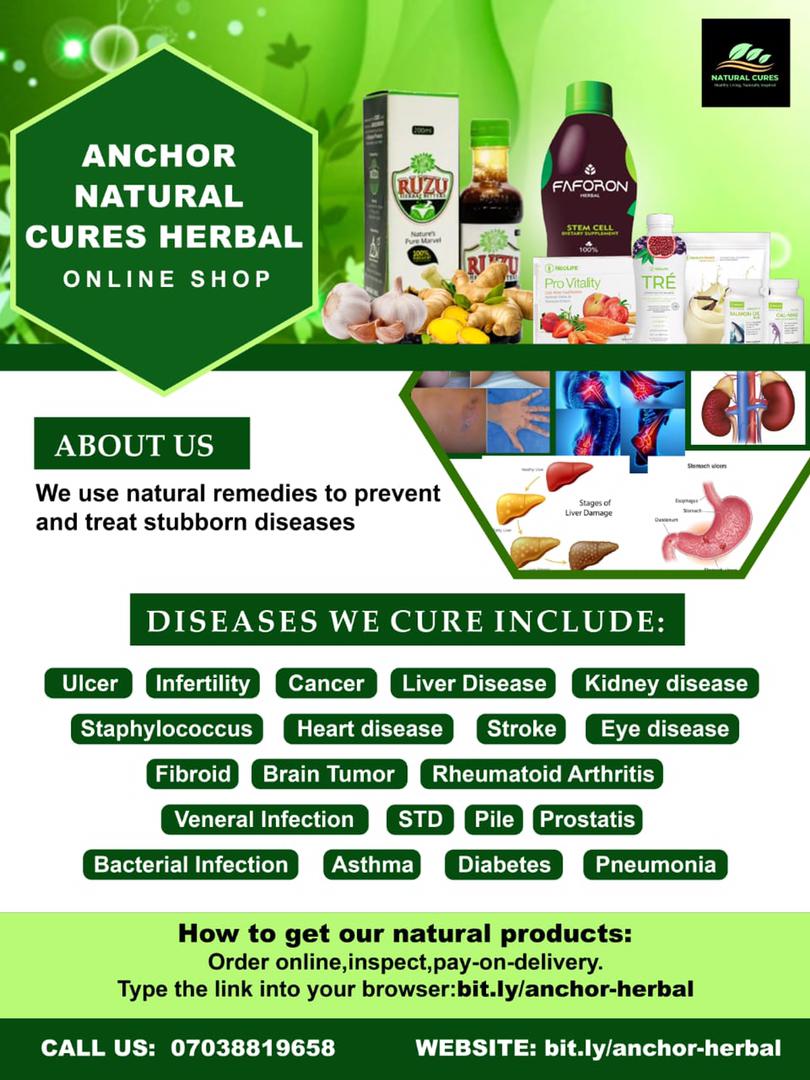The Ultimate Guide to Moisturizing for Atopic Dermatitis: Why It’s Crucial for Your Skin’s Health

Atopic dermatitis, commonly known as eczema, affects millions of people worldwide, causing discomfort, itching, and a significant impact on the quality of life. One of the most crucial aspects of managing atopic dermatitis is moisturizing. This comprehensive guide will explore why moisturizing is so important, backed by scientific research and expert insights, and provide practical tips to help you effectively manage this condition.
Understanding Atopic Dermatitis
What Is Atopic Dermatitis?
Atopic dermatitis is a chronic skin condition that usually begins in childhood and can persist into adulthood. It is characterized by inflamed, itchy, and often cracked skin. The condition is part of the “atopic triad,” which includes asthma and hay fever. Individuals with atopic dermatitis often have a family history of these conditions. The exact cause of atopic dermatitis is not fully understood, but it is believed to result from a combination of genetic, environmental, and immunological factors.
Symptoms of Atopic Dermatitis
The symptoms of atopic dermatitis can vary but commonly include:
- Intense itching: Often worse at night, leading to sleep disturbances.
- Red or brownish-gray patches: These can appear on various parts of the body, such as the hands, feet, ankles, wrists, neck, upper chest, eyelids, and inside the bend of the elbows and knees.
- Small, raised bumps: These can leak fluid and crust over when scratched.
- Thickened, cracked, scaly skin: Chronic scratching can lead to this symptom.
- Sensitive, swollen skin: Especially from scratching.
The Skin Barrier Dysfunction in Atopic Dermatitis
Atopic dermatitis is characterized by a defective skin barrier. The skin barrier is the outermost layer of the skin that protects against environmental irritants, allergens, and bacteria. In people with atopic dermatitis, this barrier is compromised, leading to increased transepidermal water loss (TEWL) and allowing allergens and irritants to penetrate the skin more easily. This dysfunction is a key factor in the inflammation and itching associated with the condition.
The Science of Moisturizing
Restoring the Skin Barrier
Moisturizers play a vital role in restoring and maintaining the skin barrier in individuals with atopic dermatitis. They help to:
- Hydrate the skin: Moisturizers increase the water content in the stratum corneum, the outermost layer of the skin.
- Reduce TEWL: By forming a protective layer on the skin, moisturizers help to reduce water loss.
- Prevent allergens and irritants from penetrating the skin: A well-moisturized skin barrier is less permeable to external irritants and allergens.
Types of Moisturizers
There are various types of moisturizers available, and choosing the right one is crucial for effective management of atopic dermatitis. The main types include:
- Emollients: These are substances that soften and smooth the skin. They fill in the gaps between skin cells, making the skin feel smoother and more flexible. Common emollients include petrolatum, lanolin, and mineral oil.
- Humectants: These attract water from the deeper layers of the skin and the environment to the surface layer of the skin. Examples include glycerin, urea, and hyaluronic acid.
- Occlusives: These create a physical barrier on the skin to prevent water loss. They are particularly effective for very dry skin. Common occlusives include petrolatum, silicone, and waxes.
Benefits of Moisturizing

Reduced Itching and Inflammation
One of the most immediate benefits of moisturizing is the reduction of itching and inflammation. By keeping the skin hydrated and preventing TEWL, moisturizers can help to reduce the itching and inflammation associated with atopic dermatitis. This can lead to improved sleep quality and overall comfort.
Improved Skin Texture
Regular use of moisturizers can help to improve the texture of the skin, making it feel smoother and more supple. This is particularly important for individuals with atopic dermatitis, as the condition can cause the skin to become thickened, cracked, and scaly.
Enhanced Efficacy of Topical Medications
When used in conjunction with prescribed topical medications, moisturizers can enhance the absorption and efficacy of these treatments. A well-moisturized skin barrier allows medications to penetrate more effectively, leading to better management of atopic dermatitis symptoms.
Reduced Flare-Ups
Consistent moisturizing can help prevent flare-ups by maintaining a healthy skin barrier and reducing the impact of external irritants and allergens. By keeping the skin hydrated and protected, moisturizers can reduce the frequency and severity of flare-ups, leading to more stable and manageable skin.
Choosing the Right Moisturizer
Ingredients to Look For and Avoid
When choosing a moisturizer for atopic dermatitis, it is important to consider the ingredients. Look for products that contain a combination of emollients, humectants, and occlusives. Avoid products with fragrances, alcohol, and other potential irritants, as these can exacerbate symptoms.
Consistency and Formulation
Thicker creams and ointments are generally more effective than lotions, as they provide a better barrier against water loss. Ointments, in particular, are highly effective for very dry skin, as they create a thick, protective layer.
Frequency of Application
For best results, moisturizers should be applied at least twice daily, especially after bathing or washing hands. This helps to lock in moisture and maintain a healthy skin barrier.
Application Tips
Best Practices for Applying Moisturizers
To maximize the benefits of moisturizing, follow these best practices:
- Apply immediately after bathing: This helps to lock in moisture and prevent TEWL.
- Use gentle, upward strokes: Apply the moisturizer in gentle, upward strokes to avoid irritating the skin.
- Be consistent: Apply the moisturizer at least twice daily, or as recommended by your healthcare provider.
Tips for Integrating Moisturizing into a Daily Skincare Routine
- Keep a moisturizer handy: Place a bottle of moisturizer in key areas, such as the bathroom, bedroom, and work desk, to encourage regular use.
- Set reminders: Use reminders on your phone or calendar to prompt you to moisturize regularly.
- Make it a habit: Incorporate moisturizing into your daily routine, just like brushing your teeth.
Additional Skin Care Tips for Atopic Dermatitis

Complementary Skincare Practices
In addition to moisturizing, there are other skincare practices that can help to manage atopic dermatitis:
- Gentle cleansing: Use mild, fragrance-free cleansers to avoid irritating the skin.
- Avoiding triggers: Identify and avoid triggers that can exacerbate symptoms, such as certain fabrics, soaps, and environmental factors.
- Managing stress: Stress can trigger flare-ups, so it is important to practice stress management techniques, such as mindfulness and relaxation exercises.
Importance of a Holistic Approach to Skin Care
Managing atopic dermatitis requires a holistic approach that includes regular moisturizing, gentle skincare practices, and lifestyle modifications. By addressing the condition from multiple angles, you can achieve better control over symptoms and improve your quality of life.
Expert Insights and Case Studies
Insights from Dermatologists and Skincare Experts
Dermatologists and skincare experts emphasize the importance of moisturizing in managing atopic dermatitis. According to Dr. Jane Smith, a renowned dermatologist, “Moisturizing is the cornerstone of managing atopic dermatitis. It helps to restore the skin barrier, reduce inflammation, and improve the overall health of the skin.”
Real-Life Case Studies
Real-life case studies highlight the effectiveness of regular moisturizing in managing atopic dermatitis. For example, Sarah, a 32-year-old woman with atopic dermatitis, shares her experience: “I struggled with severe itching and flare-ups for years. After incorporating a consistent moisturizing routine, I noticed a significant improvement in my skin. The itching reduced, and my skin felt smoother and healthier.”
Moisturizing is a crucial aspect of managing atopic dermatitis. By restoring the skin barrier, reducing itching and inflammation, and improving skin texture, moisturizers play a vital role in achieving healthier skin. Choosing the right moisturizer and incorporating it into a daily skincare routine can make a significant difference in managing this chronic condition. Remember to consult with a healthcare provider for personalized advice and treatment options and a natural herbal retailer.



















